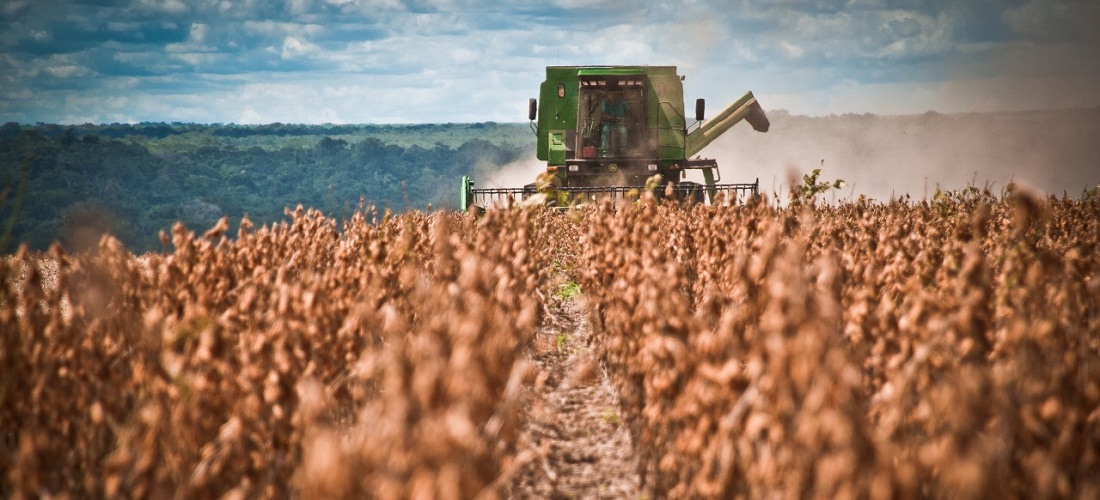
Study shows Brazilian agriculture’s growth due to productivity
Oct, 07, 2019 Posted by Sylvia SchandertWeek 201941
Productivity is the main factor stimulating the growth of Brazilian agriculture in the last 43 years. From 1975 to 2018, the sector grew 3.36% per year on average. This rate is higher than in countries like Argentina, Australia, and China. The historical average of the United States (1948-2015), for example, is 1.38%.
The study of the Productivity of Brazilian Agriculture, from the Ministry of Agriculture, Livestock, and Supply, shows that the agricultural product increased by 3.81% and inputs increased by 0.44% in the period analyzed.
Productivity gains came mainly from investments in research, the adoption of new production systems, improvements in infrastructure, including roads and outbound production through northern ports and the increased port capacity in Paranaguá (PR) and Santos (SP), and appropriate agricultural policy instruments.
According to José Garcia Gasques, General Coordinator of Policy and Information Evaluation, of the Mapa Secretariat of Agricultural Policy (SPA), improved productivity in the field is associated, in particular, with more skilled labor and efficient use of machines and implements, with quality gains and training to perform the operations. Productivity in recent years, especially in the period 2000-2009, had a favorable performance of 3.8% per year and an output of 5.18% per year.
However, in the last five years (2014-2018), growth has slowed due to weather factors such as droughts that mainly affected grain production. The highlights were 2016 and 2018, when rice, corn, and cotton harvests were strongly affected. Economic performance was another factor that forced small growth.
“It is possible that the productivity of this period was also affected by the complexity associated with an optimal choice of inputs. This can also be accepted knowing that this period [2014-2018] was a difficult period overall, including the slow growth of the Brazilian economy in these years,” explains Gasques.
The study was updated and incorporates preliminary information from the 2017 Agricultural Census, information from annual surveys of IBGE – Municipal Agricultural Production and Municipal Livestock Survey, which allows for greater precision of estimates.
The coordinator also points out that the estimates are made based on the Total Productivity of Factors (TFP), which is the relationship between the agricultural product (perennial and temporary crops, animal production, milk, honey, silk and cocoon, in addition to slaughtering cattle, pigs, and poultry) and inputs (labor, farmland and pasture, fertilizers, pesticides, machinery and implements). The index is comprehensive and allows comparison of productivity indices across countries.
The study included the participation of Embrapa’s Secretary of Agricultural Policy of the Map, the Center for Advanced Studies in Applied Economics (Cepea/USP), and use of data from the United States Department of Agriculture (USDA).
-
Tank and Reefer
Apr, 12, 2020
0
Brazil’s reefer container exports fall as pandemic leads to shortage of such equipment
-
Ports and Terminals
Jun, 24, 2021
0
TCP sets new record in May, driven by reefer cargo
-
Ports and Terminals
May, 29, 2024
0
Santos Port Authority President to Attend High-Level Meeting in China
-
Other Cargo
Oct, 04, 2024
0
Brazil Furniture and Mattress Exports Up in 2nd Half of the Year



